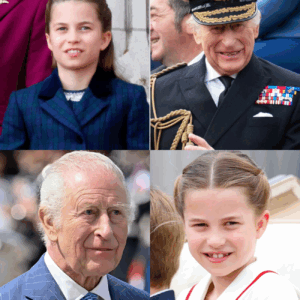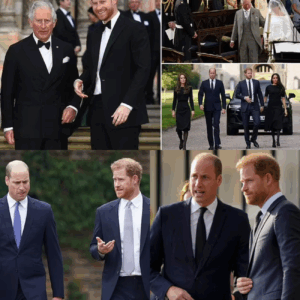Harrison Ford Hints at Yellowstone Return: Inside the VFX Masterwork of 1923
 yellowstone
yellowstone
The Yellowstone universe continues to captivate audiences with its epic frontier tales, cutting-edge visual effects, and stellar cast performances. After completing his role as Jacob Dutton in the recently concluded second season of 1923, Hollywood legend Harrison Ford has expressed openness to returning to Taylor Sheridan’s expanding western saga. The actor’s enthusiasm comes as industry insiders reveal the groundbreaking production techniques that made the series a visual landmark for television.
Ford’s Unexpected Attachment to Jacob Dutton
When asked about potentially reprising his role in the Yellowstone franchise, Ford gave an optimistic response, joking that his character Jacob Dutton was “still alive” after the finale. The 81-year-old actor, known for his selective approach to roles, surprised many with his enthusiasm for returning to the Montana ranch setting.
Ford clarified he would return provided series creator Taylor Sheridan “asks nice,” though he admitted having “no idea what Sheridan plans to do” with the franchise moving forward. This comes as Paramount prepares for its next Yellowstone prequel series, 1944, which would chronologically follow the events of 1923.

The veteran actor’s connection to the role runs deeper than many expected. Ford revealed he took a leap of faith when signing on for 1923, not even reading scripts before committing to the project. “I had met with Taylor, who gave me a very brief outline of what he had in mind, and I went on faith and my experience with Yellowstone, 1883,” Ford explained.
Inside 1923’s Groundbreaking Visual Effects
While audiences have marveled at the stunning landscapes and period-authentic settings of 1923, few realize the technical wizardry that brought certain sequences to life. Zoic Studios was tasked with creating complex visual effects for episodes five and six, with a focus on capturing a photoreal look for challenging water sequences.
The production team, led by VFX supervisors Andrew Orloff and Evan Underwood, developed innovative techniques to blend in-camera footage with digital elements. One particularly impressive achievement was the creation of a colossal ghost ship entirely in CG, allowing for more flexibility with choreography and composition while avoiding dangerous stunts with an actual ship drifting unattended at sea.
Technical Innovations Behind the Scenes
The VFX team faced unique challenges in simulating realistic ocean interactions. Rather than relying on standard water simulations, they vacillated between simulating ocean swells and waves that drive the collision of two boats and adding secondary animation to refine the interactions between the simulating ocean and CG vessels.
These technical innovations contributed to what Sheridan himself describes as an unprecedented production scale. The creator estimated that 1923 cost around $22 million per episode, potentially making it “one of the highest per-episode investments ever made on a series.”
The Future of the Dutton Saga
With the second season of 1923 concluded, attention now turns to the upcoming 1944 series. While storylines remain under wraps, the finale of 1923 provided clear connective tissue to the broader Yellowstone timeline.
Helen Mirren, who starred opposite Ford as Cara Dutton, noted the poetic conclusion to their characters’ story: “I love the fact that the future of Yellowstone is left in this tiny baby, in the arms of two older people, grandparents age. I thought that was a very interesting concept.”
Industry analysts speculate that 1944 will focus on the young John Dutton II, who would be approximately 20 years old in that timeline. This would establish the direct lineage to Kevin Costner’s John Dutton III in the flagship Yellowstone series.
A Technical Marvel with Historical Weight
Beyond its technical achievements, 1923 stands apart from typical western productions through its historical authenticity. As Ford explained, “It’s not a simple cowboys and Indians movie. It’s a really complicated story about a really complicated history” that challenges Western mythology while explaining why those myths persist in American culture.
For VFX professionals and production designers, this commitment to authenticity created both challenges and opportunities. The show’s depiction of Butte, Montana in 1923 required meticulous attention to detail, as it was “the second-biggest city in America west of the Mississippi” during that era.
Should Ford return for future installments, industry insiders suggest he might appear in flashback sequences, given that his character would be approaching 100 years old in the 1944 timeline.
Production professionals continue to study the techniques pioneered in 1923 as the standard for period television production, combining practical locations with strategic digital enhancements to create a seamless visual experience that never distracts from the storytelling.
Would you like to witness more of Harrison Ford’s portrayal of Jacob Dutton? The technical team behind Yellowstone has certainly created a world worth revisiting, powered by both star performance and digital innovation.





